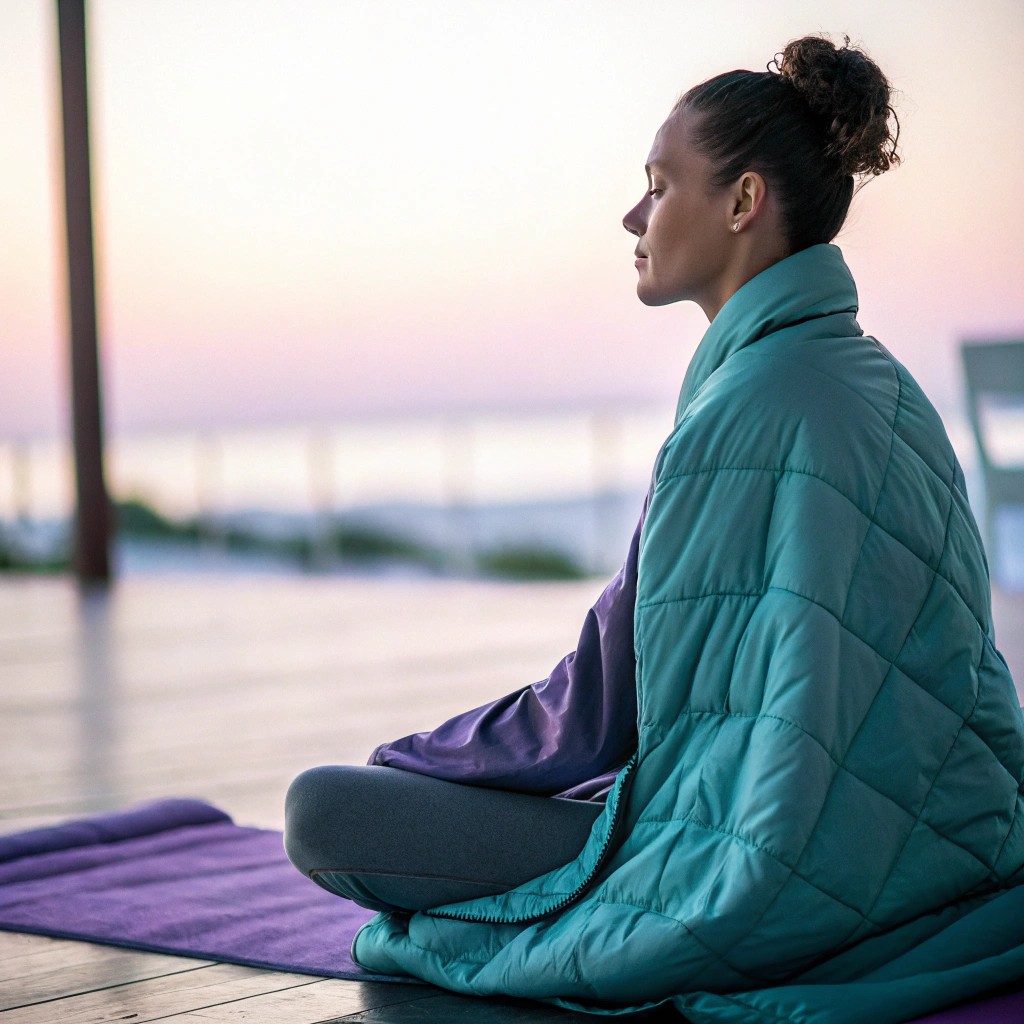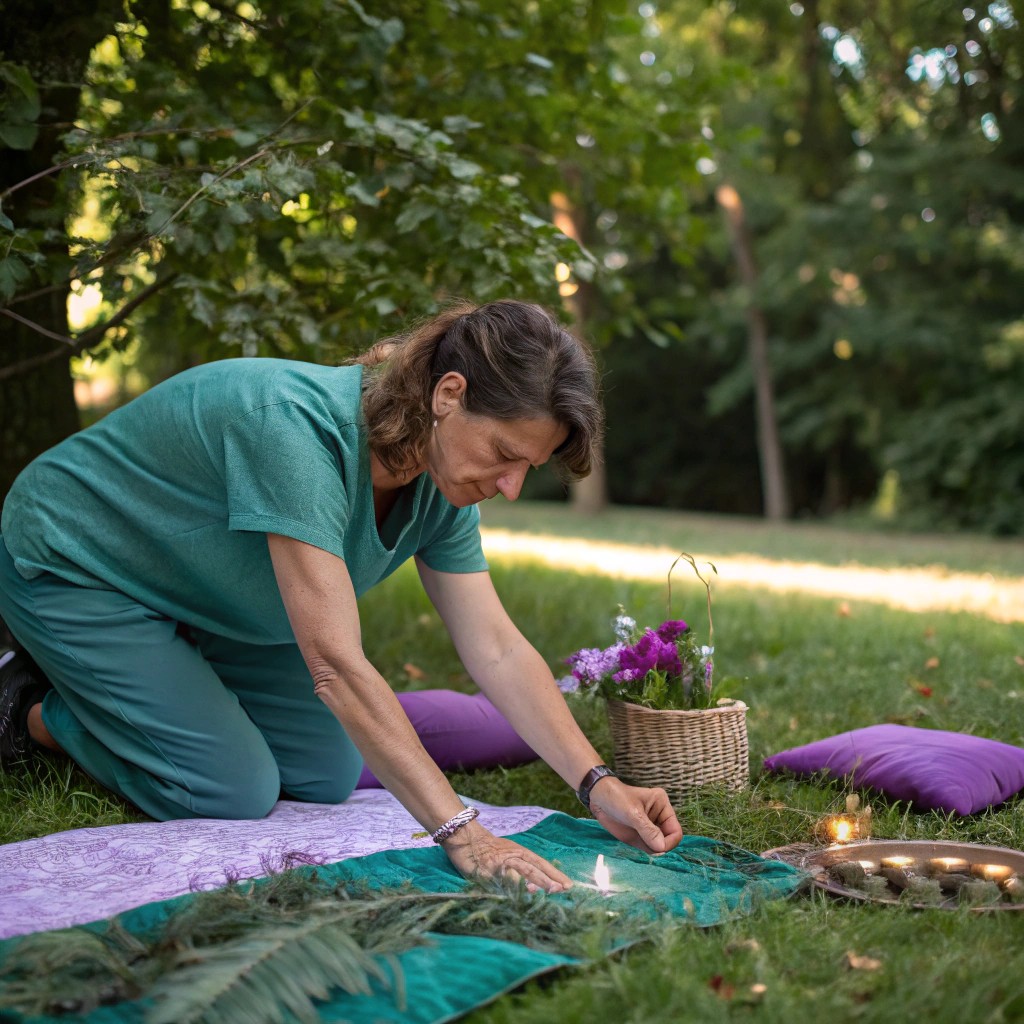Mindfulness for Sensory Regulation: A Guide for Neurodivergent Individuals
Sensory processing differences are a common experience for many neurodivergent individuals.
Whether you're autistic, have ADHD, or experience sensory processing sensitivity, finding effective ways to regulate your sensory system can significantly improve your daily life and overall wellbeing.

Understanding Sensory Processing and Regulation
Sensory processing refers to how our nervous system receives, organizes, and responds to sensory information from our environment and our bodies.
For neurodivergent individuals, this process often works differently, which can lead to:
- Sensory hypersensitivity: When sensory input feels intensified or overwhelming
- Sensory hyposensitivity: When sensory input isn't registered strongly enough
- Sensory seeking: When there's a craving for specific sensory experiences
- Sensory avoiding: When certain sensory inputs are actively avoided
Sensory regulation involves developing strategies to help your nervous system find balance when processing sensory information. This is where mindfulness can be particularly beneficial.
How Mindfulness Supports Sensory Regulation
Mindfulness—the practice of paying attention to the present moment with curiosity and without judgment—offers powerful tools for sensory regulation.
Here's how mindfulness can help:
-
Increased body awareness: Mindfulness helps you notice subtle sensory experiences and bodily sensations before they become overwhelming.
-
Nervous system regulation: Regular mindfulness practice can help shift your nervous system from "fight or flight" to "rest and digest," creating a more balanced sensory state.
-
Reduced reactivity: By creating space between sensation and response, mindfulness allows you to respond to sensory input more intentionally rather than reactively.
-
Sensory clarity: Mindfulness can help you distinguish between different sensory experiences and understand your unique sensory profile better.
Practical Mindfulness Techniques for Sensory Regulation
1. Sensory Check-In Practice
Take 2-3 minutes several times throughout your day to check in with your senses:
- What do you see? (Notice colors, shapes, movement)
- What do you hear? (Notice both loud and subtle sounds)
- What do you feel? (Notice textures, temperature, pressure)
- What do you smell? (Notice pleasant and unpleasant scents)
- What do you taste? (Notice lingering flavors in your mouth)
This practice helps build sensory awareness and can alert you to early signs of sensory dysregulation.

2. Mindful Breathing with Sensory Support
- Find a comfortable position with a weighted blanket or lap pad for proprioceptive input
- Place your hands on your belly or chest
- Breathe slowly and deeply, noticing the physical sensations of breathing
- If your mind wanders, gently bring it back to the sensations of breathing
- Practice for 5-10 minutes daily
The combination of deep breathing and proprioceptive input helps regulate the nervous system and provides a calming sensory anchor.
3. Grounding Through the Senses (5-4-3-2-1 Technique)
When feeling overwhelmed, try this grounding exercise:
- Name 5 things you can see
- Name 4 things you can feel/touch
- Name 3 things you can hear
- Name 2 things you can smell
- Name 1 thing you can taste
This technique redirects attention to present sensory experiences and can help during sensory overload.
4. Mindful Movement
- Gentle stretching with attention to bodily sensations
- Slow walking while noticing the feeling of feet touching the ground
- Simple yoga poses with focus on balance and proprioception
Movement-based mindfulness provides vestibular and proprioceptive input that can be regulating for many neurodivergent individuals.
Creating a Mindfulness Routine for Sensory Regulation
Consistency is key when using mindfulness for sensory regulation. Consider these tips for building a sustainable practice:
-
Start small: Begin with just 2-3 minutes of practice and gradually increase.
-
Pair with sensory tools: Combine mindfulness with sensory-supportive items like weighted blankets, fidget tools, or aromatherapy.
-
Practice preventatively: Don't wait until you're in sensory overload to use mindfulness techniques.
-
Adapt to your needs: Modify practices to suit your sensory preferences and needs.
-
Be compassionate: Approach mindfulness with self-compassion, recognizing that some days will be easier than others.
Conclusion
Mindfulness offers a powerful approach to sensory regulation for neurodivergent individuals.
By developing greater awareness of your sensory experiences and learning to respond to them with intention rather than reaction, you can create more balance in your nervous system and greater ease in daily life.
Remember that mindfulness is a skill that develops with practice.
Be patient with yourself as you explore these techniques, and notice how they affect your unique sensory system.
With time, you may discover that mindfulness becomes an essential tool in your sensory regulation toolkit.
